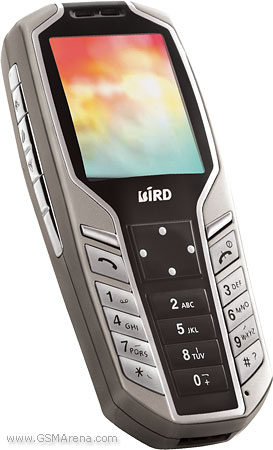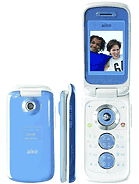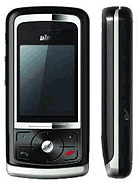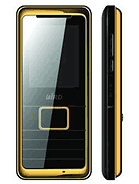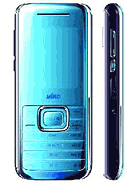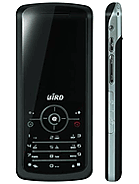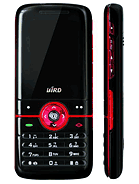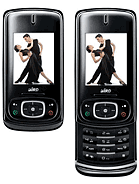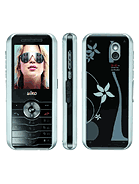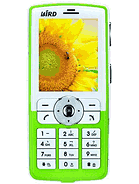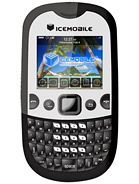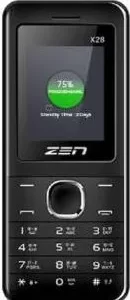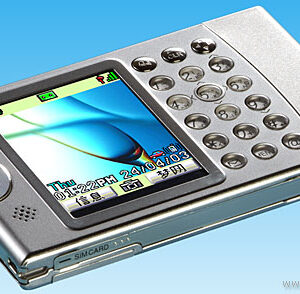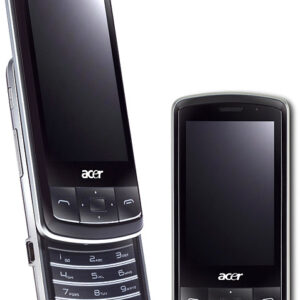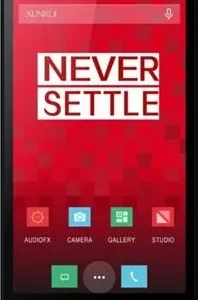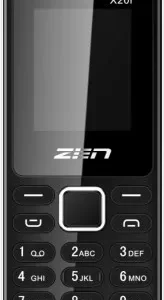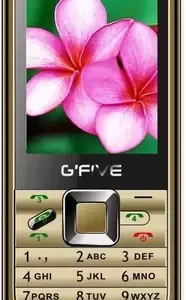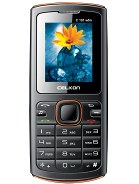Bird S590 Overall Review
The Bird S590, launched in the first quarter of 2005, exemplifies the era’s mobile technology, focusing on basic communication and functionality. This device features an STN display with 65K colors, offering a simple yet effective user interface for its time. With dimensions tailored for comfort and ease of use, the Bird S590 fits seamlessly into the daily lives of its users.
Powered by an 820 mAh battery, it delivers adequate performance to meet the basic needs of calling and texting throughout the day. The phone’s internal memory and capacity for SMS storage were designed to accommodate the era’s less demanding digital content consumption and communication needs.
The Bird S590 stands out for its straightforward approach to mobile technology, focusing on providing reliable communication tools without the complexity of additional features found in contemporary smartphones. Its build and design reflect a period when mobile phones were transitioning into an essential daily tool for personal and professional communication.
Bird S590 Pros and Cons
Pros:
- Compact and lightweight design, making it easy to carry and use.
- The STN display with 65K colors provides a clear and vibrant screen for its time.
- Adequate battery life for basic phone functions, ensuring reliability throughout the day.
Cons:
- Limited features and capabilities compared to modern smartphones, reflecting its focus on basic communication.
- The absence of advanced connectivity options such as Wi-Fi and Bluetooth, typical of mid-2000s mobile phones.
- Lacks support for current multimedia formats and social media applications, highlighting its age and the technological advancements since its release.
